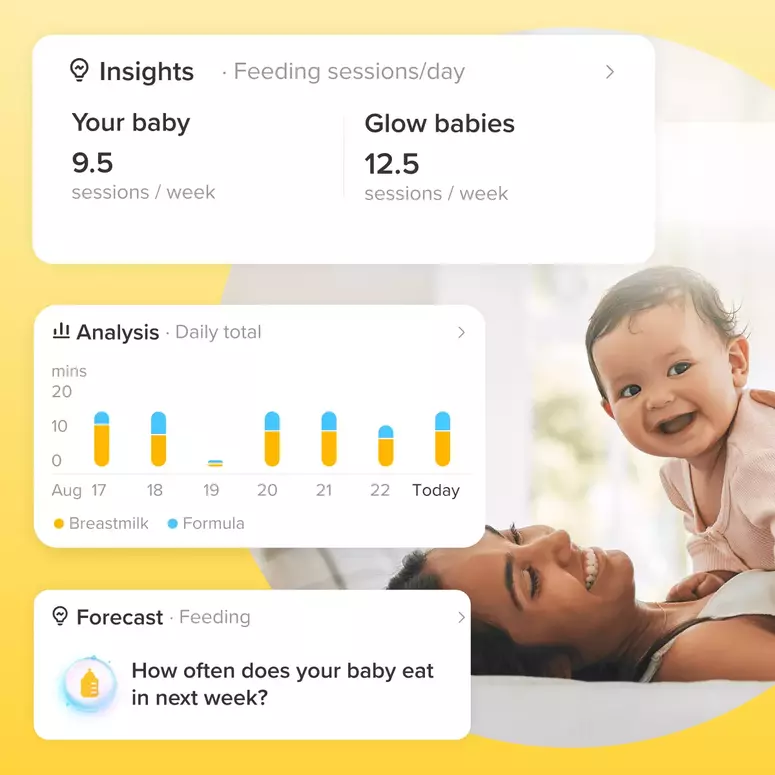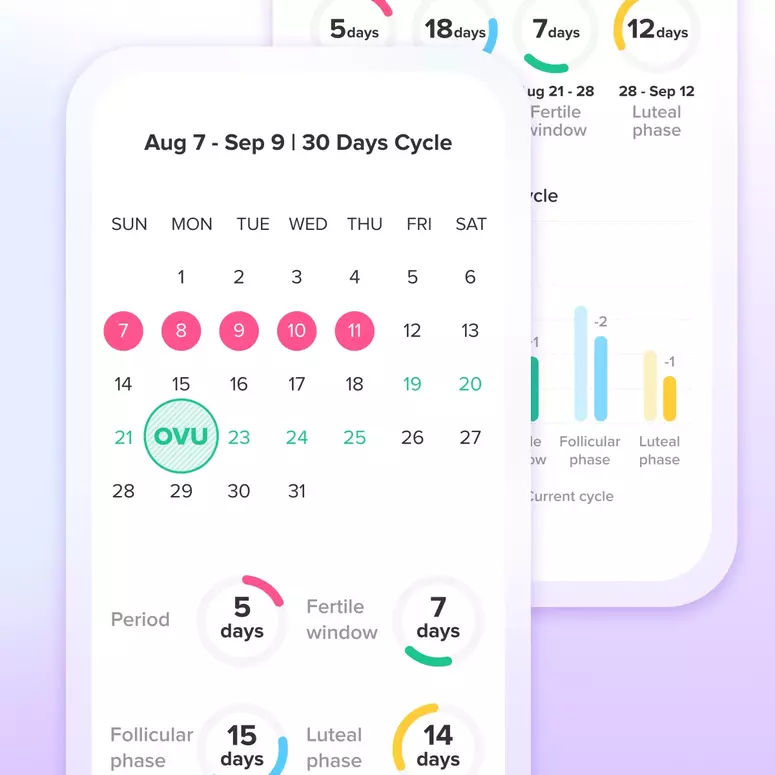A cesarean section, colloquially known as a C-section, is a surgical method of childbirth. This procedure is performed when a vaginal birth is not possible or safe for the mother or the baby. It involves making incisions in the mother’s abdomen and uterus to deliver one or more babies. Here’s an in-depth look at what a C-section entails and what you can expect if you’re scheduled for one.
A C-section may be planned (elective) or emergency. Planned C-sections are typically scheduled if there are known health or pregnancy conditions that make vaginal birth risky. These can include multiple pregnancies (twins, triplets, etc.), certain medical conditions in the mother such as heart disease or high blood pressure, or if the baby is in an abnormal position. An emergency C-section, on the other hand, is carried out when unforeseen complications arise during labor, including labor that is not progressing, distress in the baby, or a sudden health problem with the mother.
The procedure is performed under anesthesia, which is usually regional, meaning the lower half of the body is numbed, but the mother is awake. This allows the mother to be alert and aware during the birth of her baby. In some circumstances, such as an immediate threat to the life of the mother or baby, general anesthesia may be used, putting the mother to sleep.
The surgeon begins the procedure by making a horizontal incision above the pubic hairline, also known as a “bikini cut”. This type of incision is preferred as it heals well and is less visible. After the abdominal incision, a second incision is made in the lower part of the uterus. The baby is then gently lifted out, the umbilical cord is cut, and the placenta is removed. Following this, the uterus and abdomen are stitched up.
Recovery from a C-section takes longer than a vaginal birth. Mothers are typically monitored in the hospital for a few days after the procedure and are often prescribed pain medication to manage discomfort from the incision site. It’s important for mothers to take it easy and refrain from heavy lifting to allow the body to heal. Full recovery often takes four to six weeks.
While a C-section is a common procedure, it’s still major surgery and carries risks, including infection, blood loss, and potential complications for future pregnancies. Therefore, it’s typically recommended only when vaginal birth is not possible or safe.
It’s crucial for expecting mothers to have open discussions with their healthcare providers about the birthing process, including potential risks and benefits of both vaginal and cesarean births. This can help the mother make an informed decision and be better prepared for the birthing process, whether it ends up being a vaginal birth or a C-section.
In conclusion, a C-section is a lifesaving procedure that has become an integral part of modern obstetric care. It enables safer childbirth in situations where vaginal birth may pose risks to the mother or baby. As with any surgical procedure, it comes with potential risks and requires more extended recovery time than vaginal birth. However, with proper care and management, women can recover well and healthily welcome their newborns into the world.




